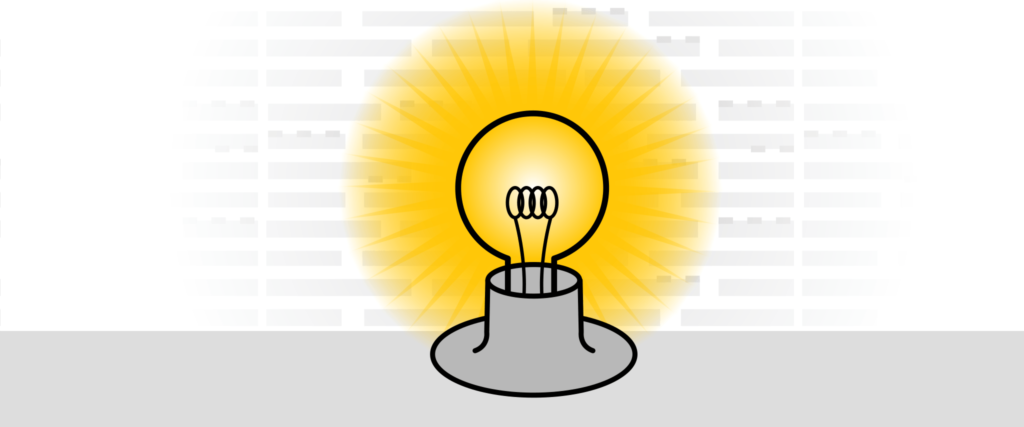Article
7 Product Development Tools You Should Know About

Save time and money, gain invaluable insights, and streamline your team’s product development with these seven tools designed to make the end-to-end process easier and smarter.
Business model canvas
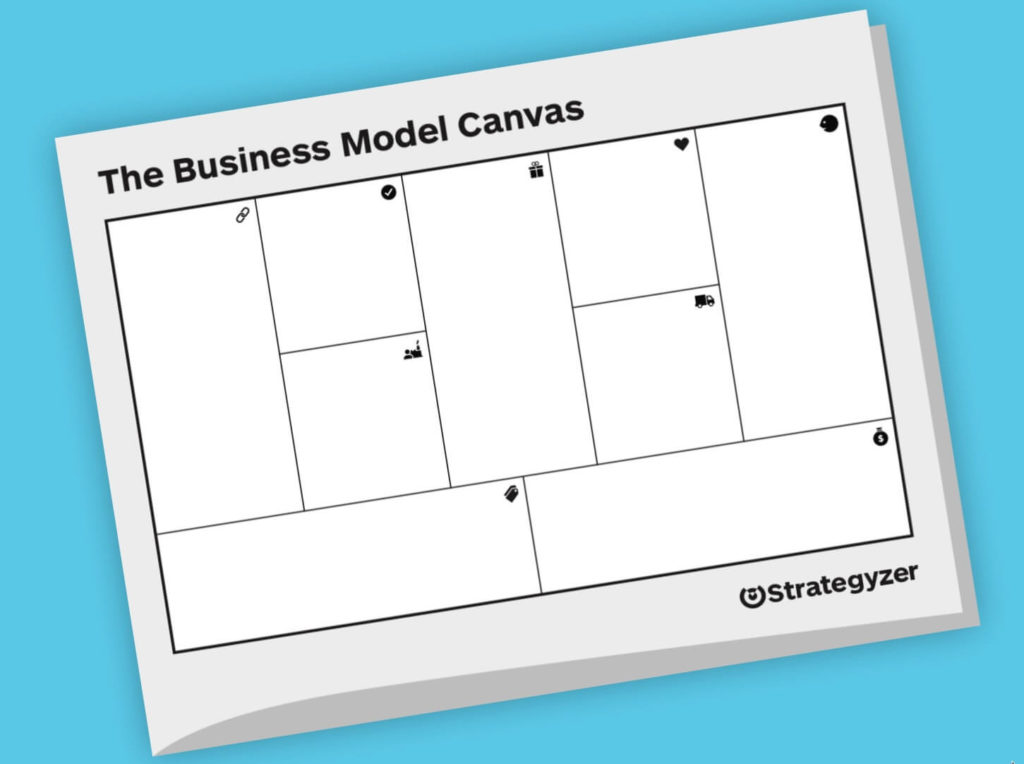
What it is:
A business model canvas is a design-thinking tool that allows you and your team to collaborate virtually on your business model, with features for testing business ideas, tracking project progress and risks, and managing multiple business models.
Why it matters:
Your business model is central to your product vision. As workspaces become more decentralized, it’s even more essential to collaborate on this important foundation digitally, without missing a beat, and easily adapt and grow your model along with you.
Empathy map
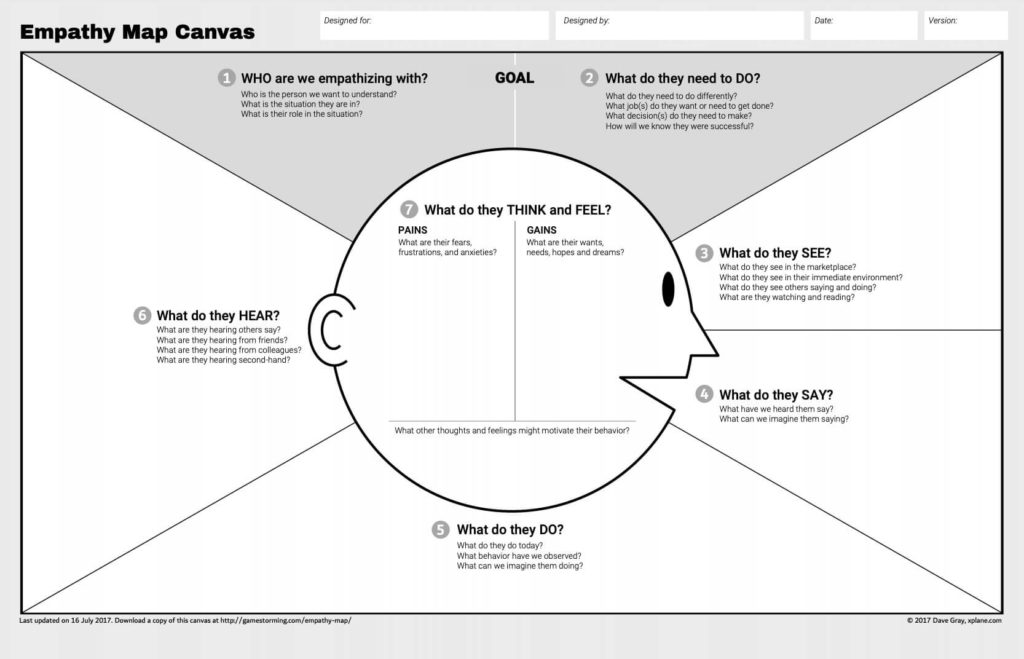
What it is:
Empathy mapping is a tool for visualizing user attitudes and behaviors to understand their mindset.
Why it matters:
By ensuring you understand users’ needs upfront, you can be confident you’re designing and building out the experience and features that speak directly to your users’ unique needs and desires — and position your product as the right solution.
Effort/impact matrix
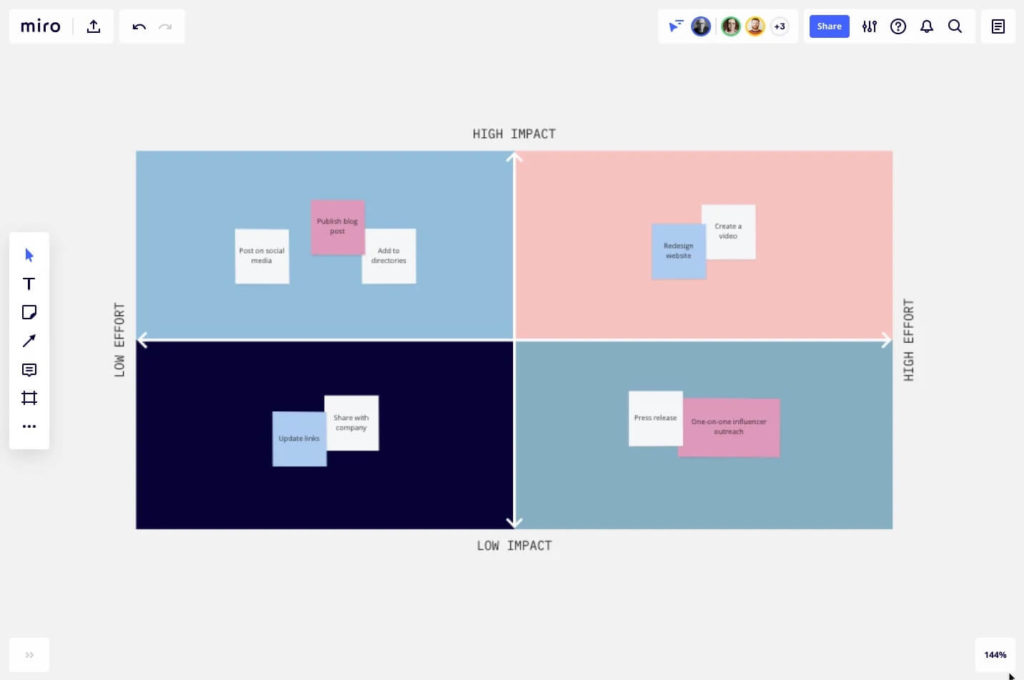
What it is:
An impact/effort matrix provides a streamlined way for teams to align, prioritize, and make decisions more efficiently.
Why it matters:
The impact/effort matrix can be a key factor when tough decisions with competing priorities, helping your team know when to allocate their time to what, so you can avoid lost time or investment when both are in critical supply.
Product roadmap
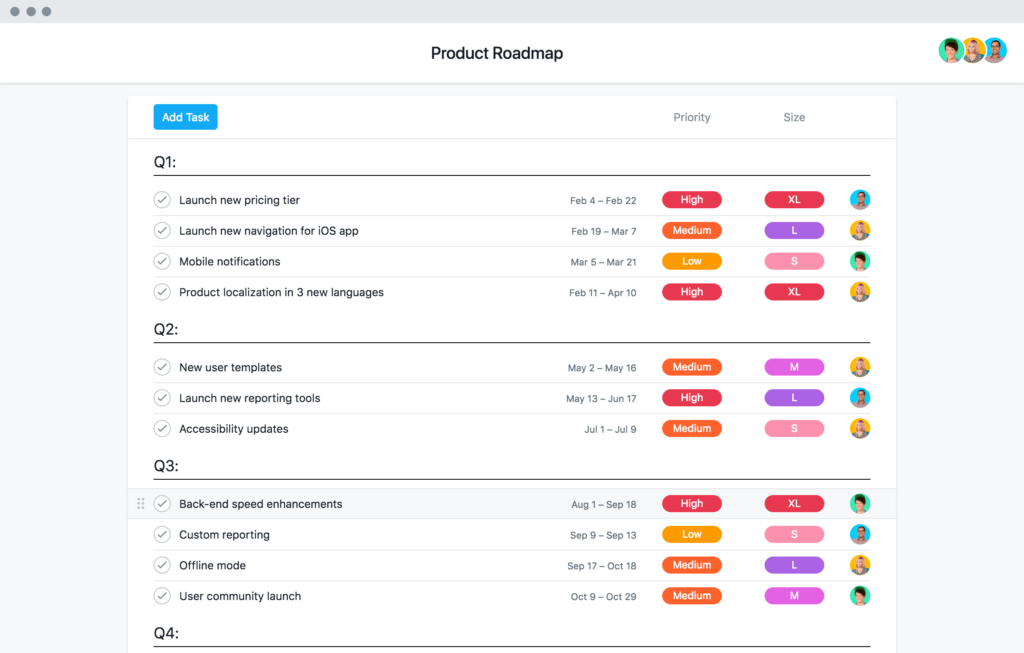
What it is:
A product roadmap, like the one shown above from Asana, guides your team from development to post-launch scaling by mapping out new features and updates you plan to make.
Why it matters:
Built on a deep understanding of customers’ needs, a product roadmap will reduce the potential project variability from your core objectives. As you evolve and scale post-launch, you may even choose to make certain aspects of your product roadmap visible to your customers to build and maintain trust and generate excitement over new releases.
Customer journey map
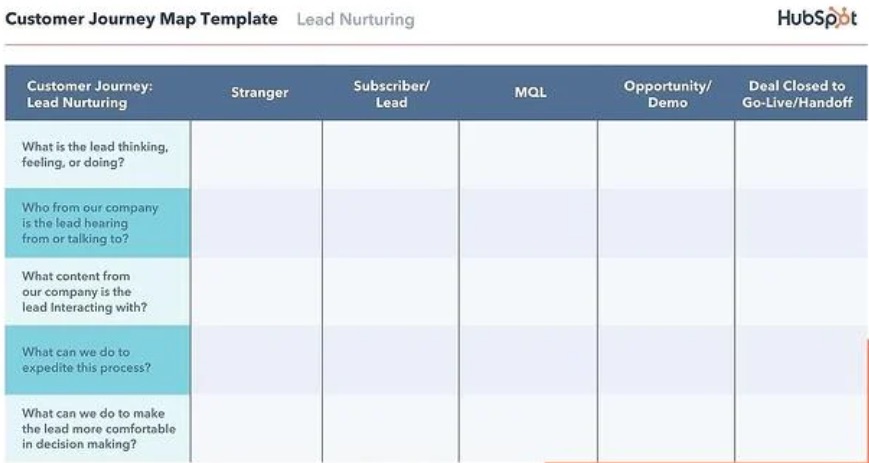
What it is:
A customer journey breaks down the path between a user first interacting with your company/product to achieving their end goal, the reason why they came to you in the first place.
Why it matters:
Seeing how your customers interact with you/your product in order to accomplish their goal can reveal valuable data, like which of their pain points are opportunities for you to create an even better user experience that will keep them coming back to your product.
Product requirements prioritization document
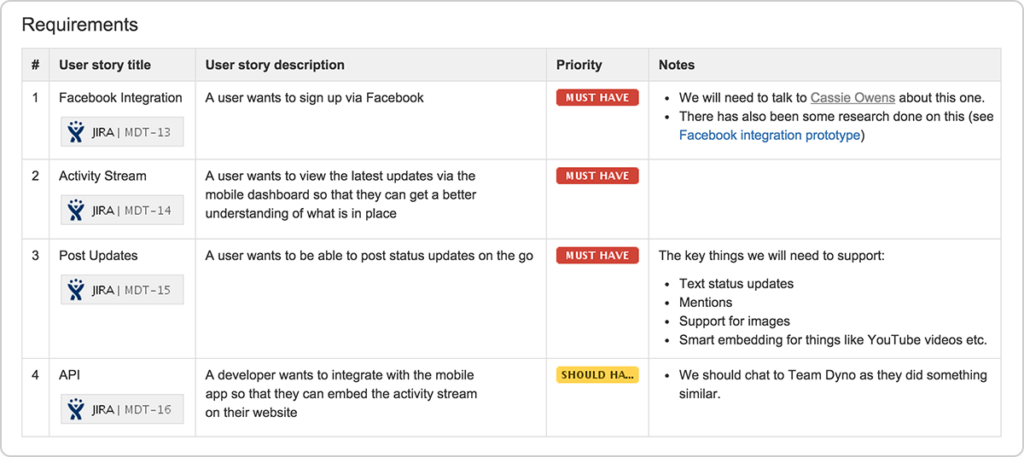
What is it:
Product requirements documentation encompasses your product’s purpose, features, release criteria, and timeline in one place for easy alignment and planning.
Why it matters:
This documentation can inform and align all of your teams on not only how to design and build the product, but how to launch, market, and scale it. You’ll also use this document during design validation testing to ensure your product meets the outlined functional specifications.
Functional requirements document
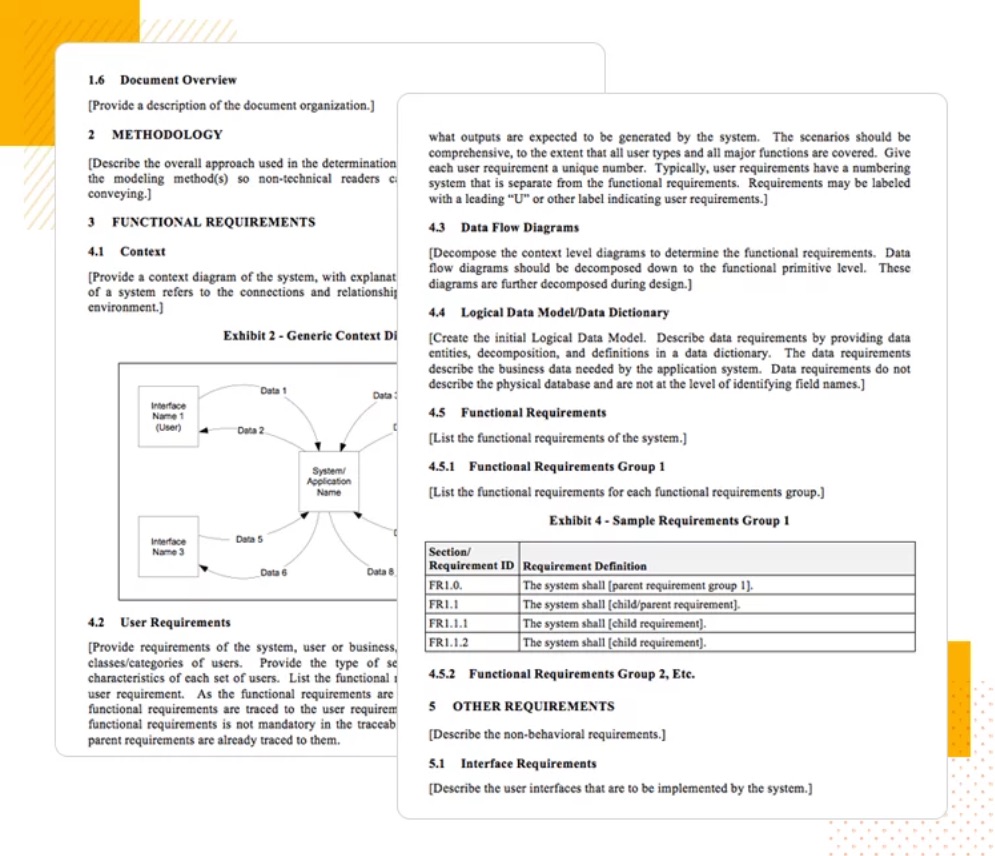
What it is:
A functional requirements document is a key communication tool between your design and engineering teams with technical specs on how the product needs to be built. It often includes information such as any system configurations, a process for error reporting, and use cases.
Why it matters:
Functional requirements are the language and vehicle for design-development handoff, ensuring that the final product will be constructed to match the designed experience and strategy.
Looking for more tools? Get the Fresh Product Development Matrix and go deeper into the product development process.








